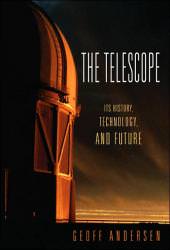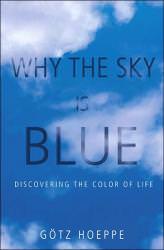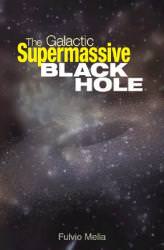A child wakes with boundless energy, runs and jumps through a day of fun and excitement. Then they fall, exhausted, to sleep, dreaming of another day. Authors Paul Steinhardt and Neil Turok in their book Endless Universe – Beyond the Big Bang see our universe as having similar cycles. And, just as with the child, energy plays a staring role for their universe as it goes through its motions.
Humans have an historical record on Earth of a few thousand years. Geologists posit Earth’s history back for over 4 billion years, which many also consider the age of our solar system. Looking far away in the night sky, cosmologists age our universe to nearly 14 billion years. And, indications are the universe has been as active as a little child waking from a good nap. Yet, where we think we know the start and end conditions of human life and also of the solar system, we have no evidence of the start or end of the universe.
The book Endless Universe doesn’t let a lack of evidence slow down its story. The authors’ premise has our universe as a complete entity that cycles through states. In their book, they begin with a review of much of the grand cosmology we’ve already pinned together. Inflationary periods, mass appearing out of nothing and dominating dark energy all get an appearance. But the authors don’t stay on the easy show-and-tell path. For, they include in the book tales of string theory and particle dynamics, recent ideas that are still making their meaning felt. The authors’ intent is to show how they can bring all these ideas into one theory. They envisage a universe that does so and to emphasize their originality, they coin a new phrase, the ekpyrotic universe.
In the book, they describe why this vision of our universe is so special and so unique. They put bubbles on brane’s surfaces to act as small spring like strings that increase and decrease their energy content as the universe, and its partner universe, approach and withdraw from each other. Also, the shape of these universes change through this motion, again to account for changing energy levels. Novel and imaginative as this is, the authors consider this the best representation for today’s cosmological history and include many descriptions and anecdotes to convince the reader.
As should be apparent, this book discusses our universe. But, it also describes the authors’ lifetime journeys through science, their relationship and many conferences and meetings to which they attended. With this, the authors lose the reader’s focus. Reading about the complexities of string theory and the pleasures of taking a train to chat about physics make this book disjointed. Further, the writing style and choice of words doesn’t suit the complexity of the subject. For example, saying ‘a brane world spring gets boosted by gravity’ unsuccessfully blends common with very uncommon. The result is an image of an ekpyrotic universe but not an image that readily fits into common concepts.
Therefore, yes this book provides a description of an endless universe that encompasses more than the big bang inflationary model as the title says. But, no, this book includes enough extraneous and uncommon material as to make the reading stilted. For those wanting to know more about the authors personally as well as their ekpyrotic model, this book suffices. Otherwise, the reader may find they have to work hard for not so great a reward.
A child’s boundless energy and ceaseless curiosity wonderfully prepares them for maturity as adults and scientists. Our universe has its own bounds of energy, together with many other characteristics. Paul Steinhardt and Neil Turok in their book Endless Universe – Beyond the Big Bang present their ideas on how these come together. With it, we again see the wonderful benefits from our species curiosity.
Read more reviews, or purchase a copy online from Amazon.com.










